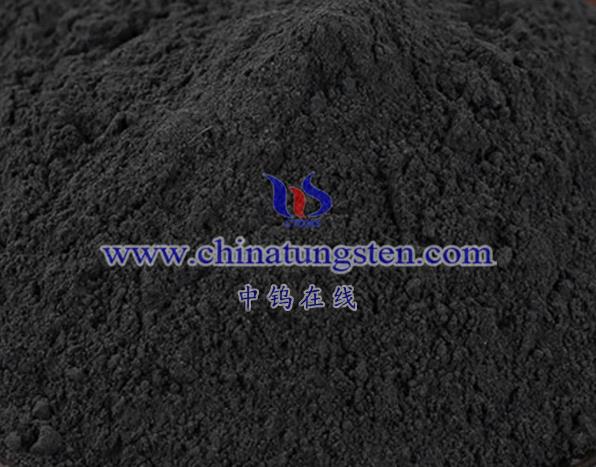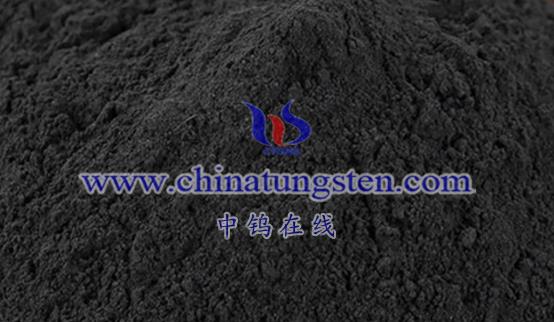
The metal-insulator phase transition (MIT) of tungsten-doped vanadium dioxide (W-VO2) is one of its most notable and significant physical properties. This characteristic is reflected in the following key aspects:
- Phase Transition Temperature Adjustment
- Pure vanadium dioxide (VO2) undergoes a metal-insulator phase transition at around 68°C, accompanied by a significant change in electrical and thermal conductivity. However, when tungsten (W) atoms are doped into VO2, the phase transition temperature can be significantly lowered, bringing it closer to room temperature. Specifically, as the tungsten content increases, the phase transition temperature of VO2 decreases. For example:
- With 1% tungsten doping, the transition temperature can drop to 43°C.
- With 2% tungsten doping, the transition temperature can further decrease to about 20°C.
- This ability to adjust the phase transition temperature allows W-VO2 to be applied in environments near room temperature, making it suitable for various practical applications.
- Electrical Conductivity Changes
- During the metal-insulator phase transition, the electrical conductivity of W-VO2 undergoes a significant change.
- Below the phase transition temperature, the material behaves as an insulator with low electrical conductivity.
- Above the phase transition temperature, the material switches to a metallic state with a sharp increase in conductivity.
- This dramatic change in conductivity forms the basis for applications of W-VO2 in electronic devices and sensors, where precise control over electrical properties is required.
- Reversibility
- The metal-insulator phase transition in W-VO2 is reversible. When the temperature is lowered again below the transition temperature, the material returns to its insulating state.
- This reversibility is a crucial feature, enabling the use of W-VO2 in applications that require frequent switching between conductive and insulating states, such as in temperature sensors, switches, and memory devices.
- Optical Property Changes
- In addition to the electrical conductivity change, the phase transition in W-VO2 also involves a shift in its optical properties.
- In the metallic state, the material’s absorption and reflection characteristics change. This optical property alteration enables potential applications in optical switches, modulators, and sensors.
- The ability to control both electrical and optical properties makes W-VO2 a versatile material for integrated electronic and photonic devices.
- Applications
- Based on its metal-insulator phase transition properties, W-VO2 has a wide range of potential applications:
- Temperature Sensors and Control: The tunable phase transition temperature allows W-VO2 to be used in temperature sensors and low-power temperature control systems for smart buildings, automation systems, and energy-saving devices.
- Optical Devices and Sensors: W-VO2’s optical property changes during phase transition make it useful in optical switches, modulators, and infrared sensors.
- Smart Materials and Tunable Materials: The material’s ability to adjust both electrical and optical properties can be applied to smart windows, curtains, and tunable optical mirrors, which can control light transmission and reflection in response to environmental conditions.
Conclusion
The metal-insulator phase transition characteristics of tungsten-doped vanadium dioxide (W-VO2) — including phase transition temperature adjustment, conductivity changes, reversibility, and optical property modulation — provide significant potential for various applications in electronics, sensors, optical devices, and smart materials. These properties make W-VO2 a promising material for a wide range of innovative technologies.
More details of tungsten oxide product, please visit website: tungsten-oxide.com
Please contact CHINATUNGSTEN for inquiry and order of tungsten oxide:
Email: sales@chinatungsten.com
Tel.: 86 592 5129595












